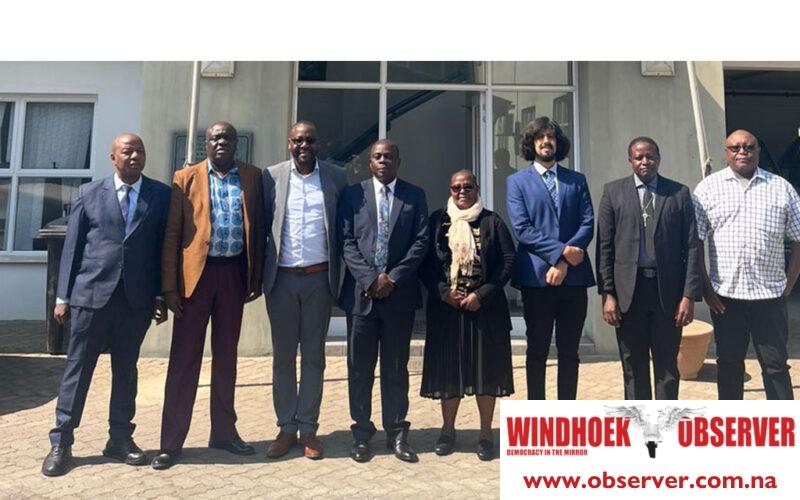Hertta-Maria Amutenja
Kenya Fisheries Service (KeFS) is turning to Namibia’s Fisheries Observer Agency (FOA) as a model for enhancing its fisheries observer program and monitoring efforts.
A team of officials from KeFS visited Walvis Bay last week as part of an exchange program facilitated by the United Nations Office on Drugs and Crime (UNODC) under the FishNET II Project, funded by the Norwegian Agency for Development Cooperation (Norad).
In a joint statement, the organisation explained that the exchange visit was aimed at sharing experiences and exploring new viewpoints and approaches for the fisheries observer program and Monitoring, Control and Surveillance (MCS).
Key areas for collaboration include training and development, exchange programs and expertise sharing.
“The goal is to pinpoint strengths and gaps and offer recommendations for enhancing the KeFS Observer Program. Both FOA and KeFS are committed to promoting the African Union (AU) Agenda 2063, ‘The Africa We Want’ and to address illegal, unreported, and unregulated (IUU) fishing, which is a global menace,” reads the statement.
According to the report by KeFS, there are plans to revise the observer training programs in Kenya to incorporate aspects of the Namibian model.
The report further states that one of the takeaways from the visit was the FOA’s advanced data management system.
“The Fisheries Inspectors and Observers Course (FIOC) administered by the Namibian Maritime and Fisheries Institute (NAMFI) is considered effective and KeFS will explore modalities of improving and expanding the training model currently used to train observers in Kenya. This would include components on addressing crimes in the fisheries sector,” reads the report.
The report states that KeFS plans to develop a similar database to better manage the information collected by its inspectors and observers.
Additionally, the agency aims to increase its fleet of MCS patrols to ensure more comprehensive monitoring of Kenya’s Exclusive Economic Zone (EEZ).
FOA chief executive officer Stanley Ndara said the reason for the visit by the KeFS delegation is because the Namibian institute is a leading fisheries observer agency in the SADC region and possibly all of Africa, known for its global competitiveness.
“While many countries maintain an observer coverage around 10%, FOA achieves approximately 58% overall and an impressive 80% in the hake trawl and midwater fisheries,” he said.
“This includes countries in the EU and elsewhere. This remarkable achievement led to SADC Fisheries’ designation as a Centre of Excellence in 2018. Neighbouring countries like RSA and Angola have visited FOA, showing interest in adopting the Namibian model for both compliance and scientific data collection,” he said.
He said the FAO is revising its funding model, after which they plan to appoint a specialised cohort of scientific fisheries observers to further enhance the quality of their data collection.




